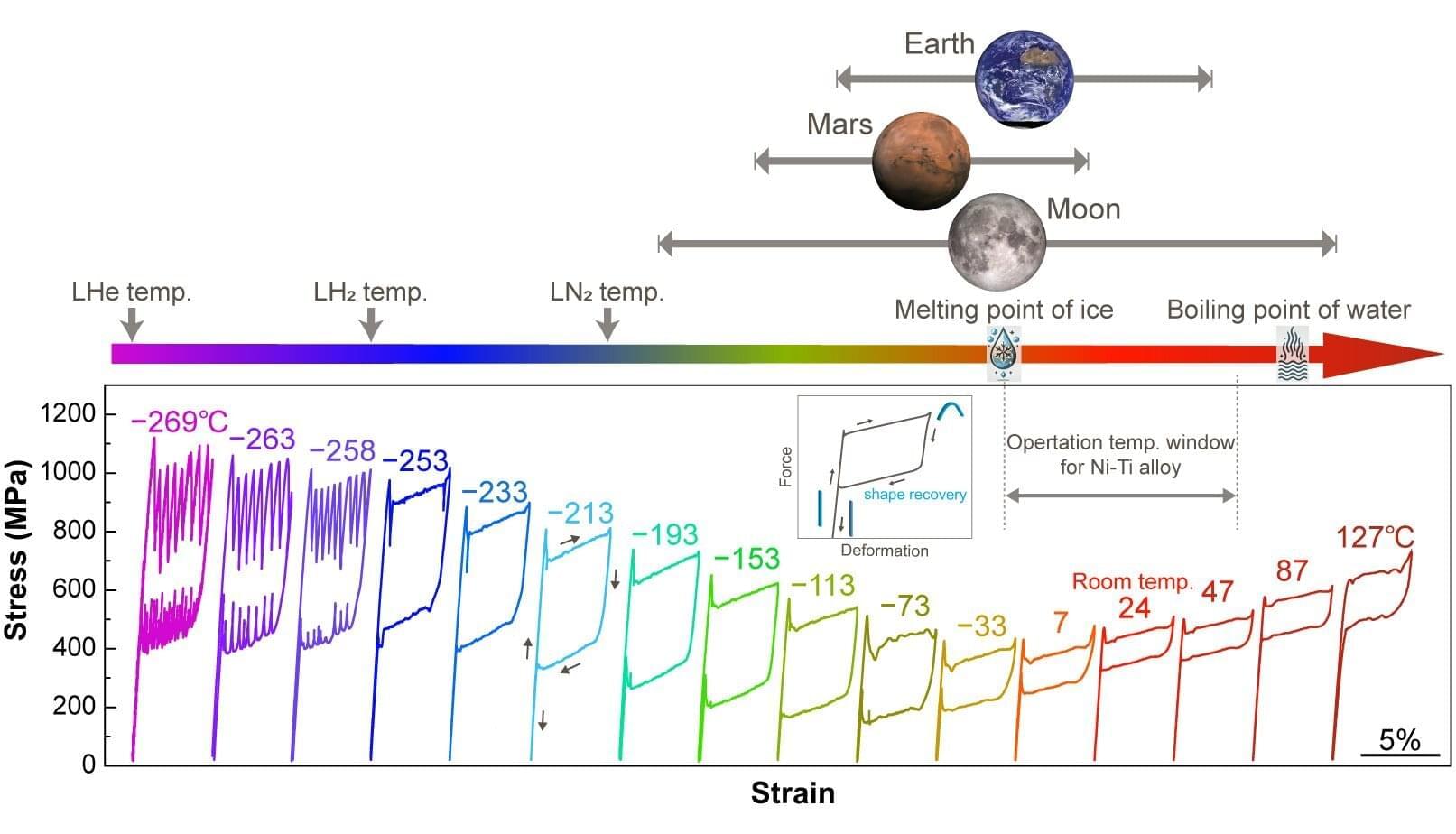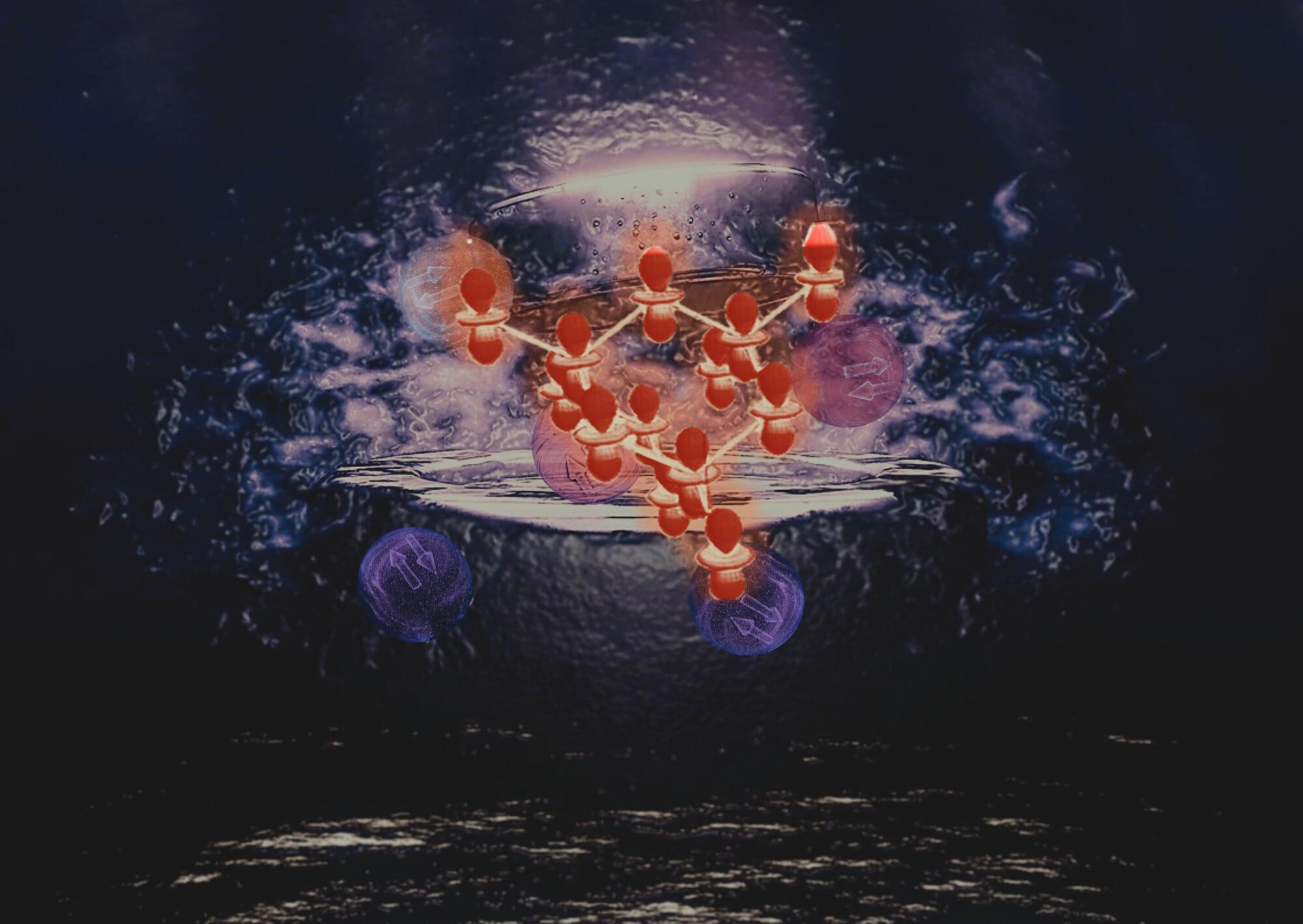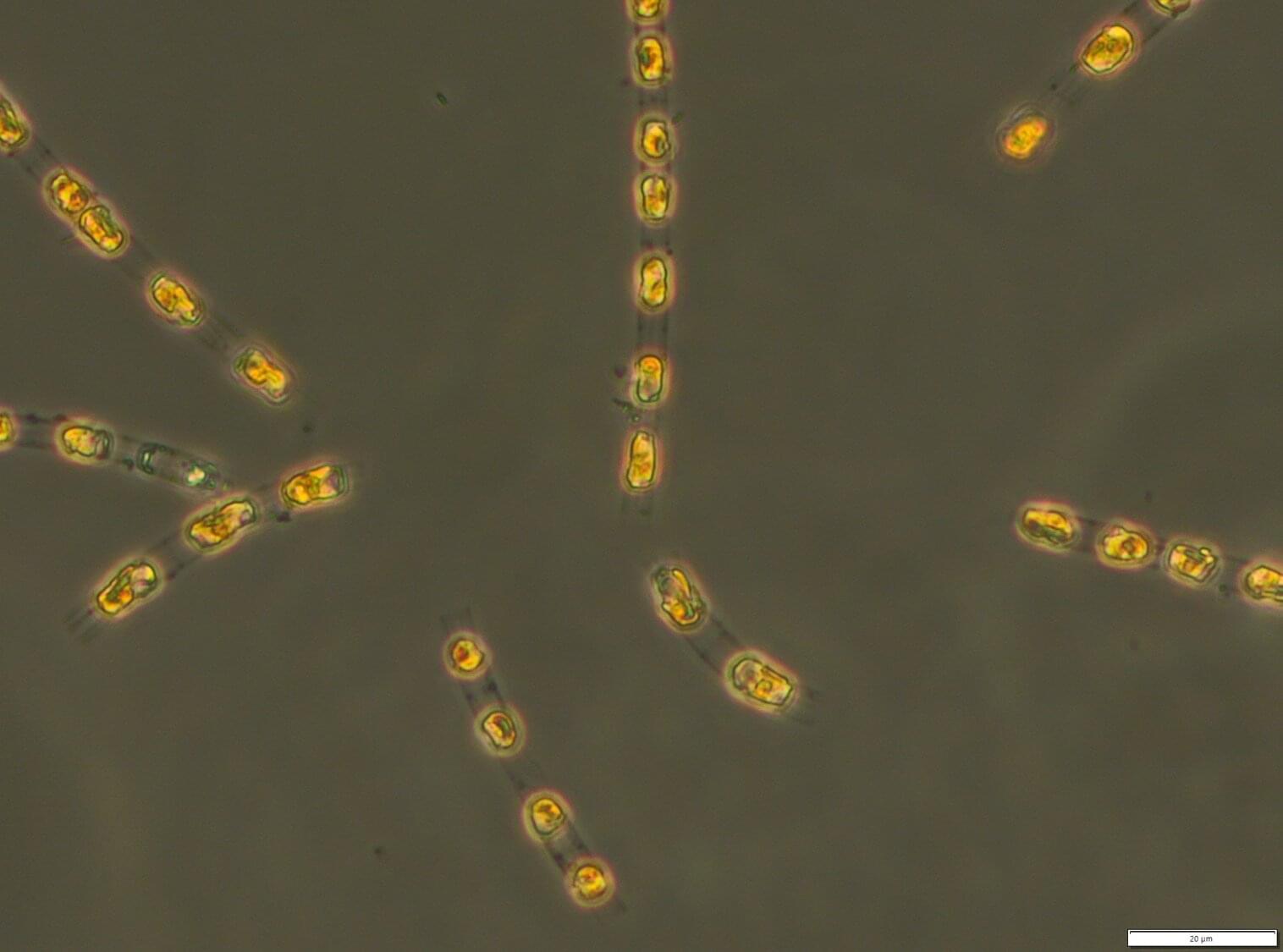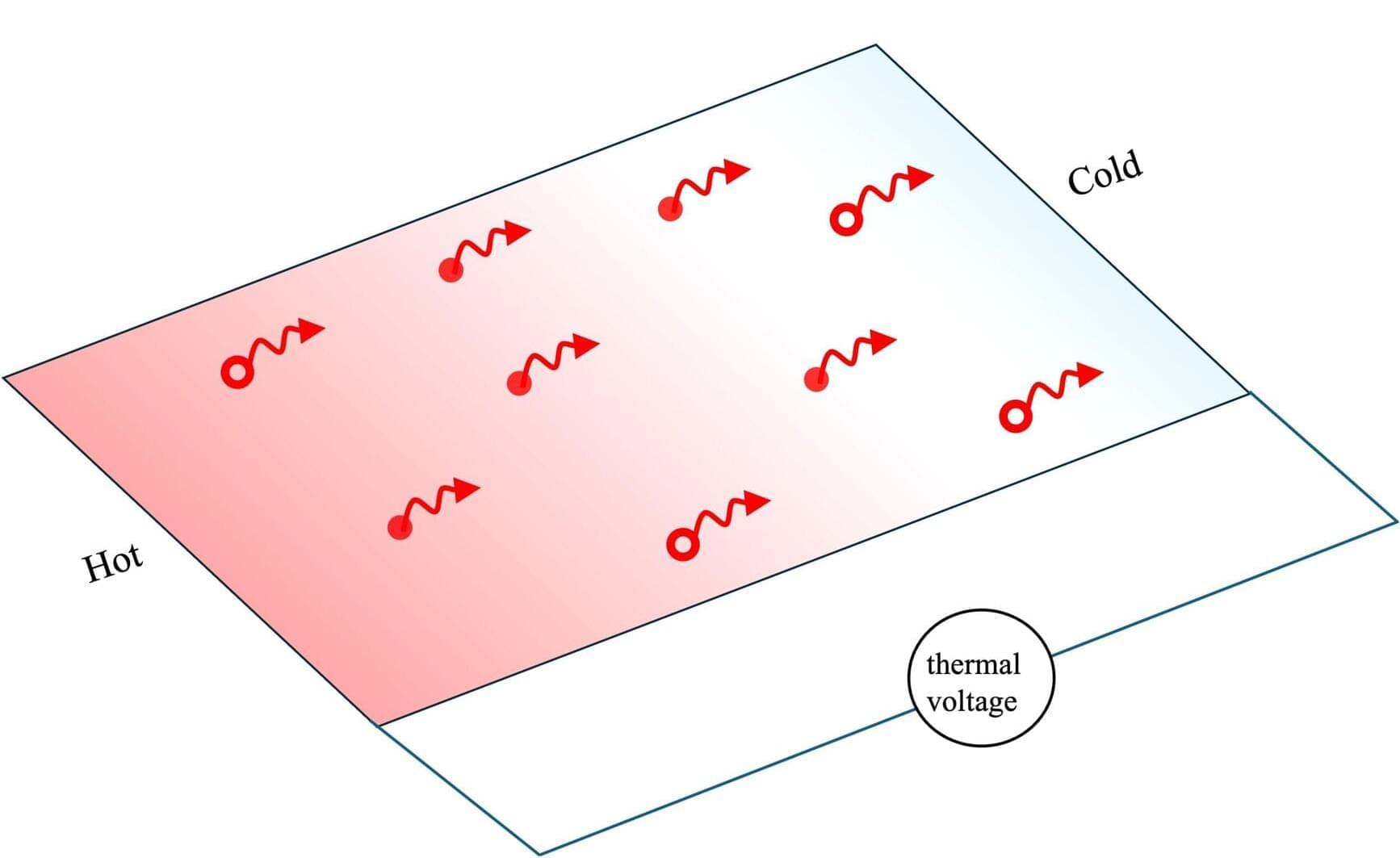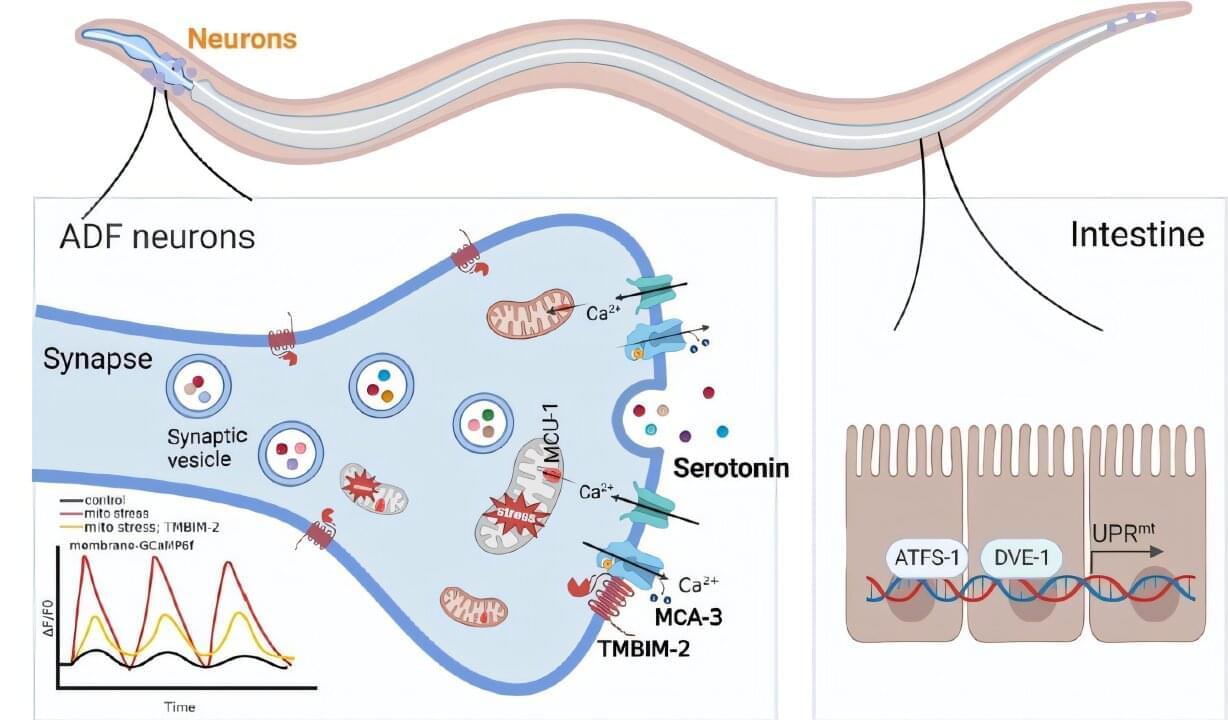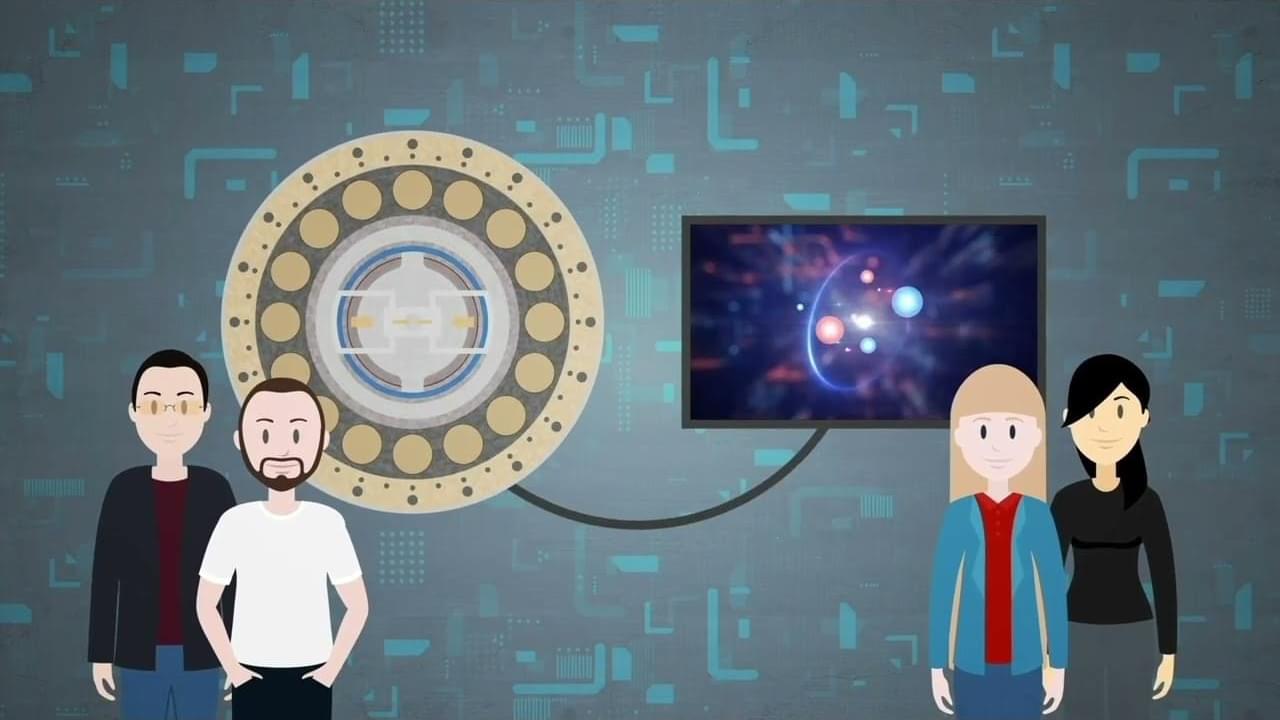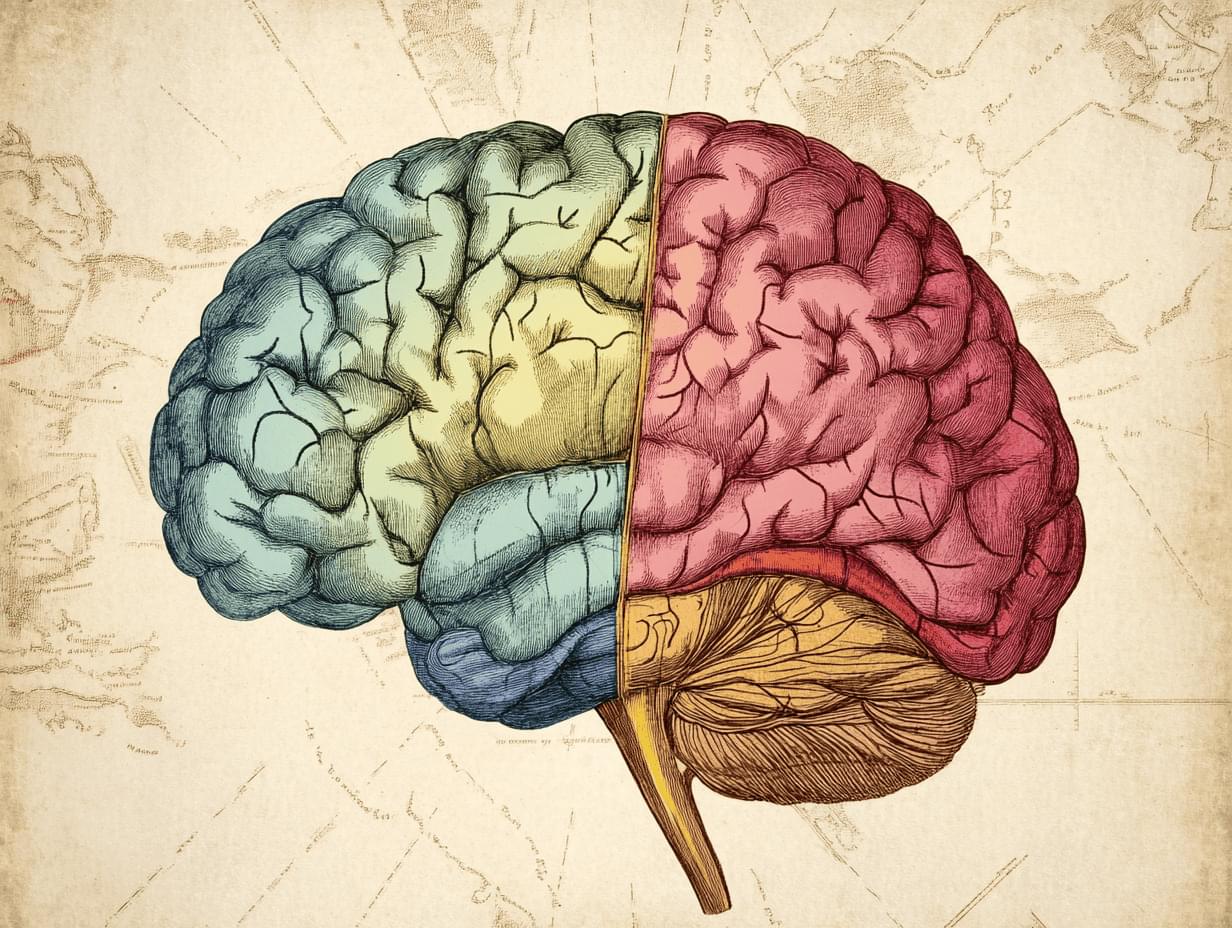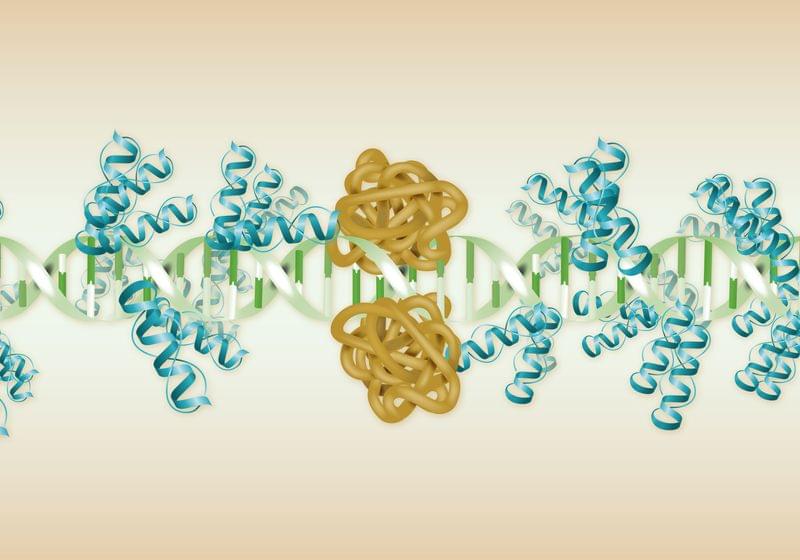Researchers at Tohoku University have developed a titanium-aluminum (Ti-Al)-based superelastic alloy. This new material is not only lightweight but also strong, offering the unique superelastic capability to function across a broad temperature range—from as low as −269°C, the temperature of liquid helium, to +127°C, which is above the boiling point of water.
Superconductivity is a quantum phenomenon, observed in some materials, that entails the ability to conduct electricity with no resistance below a critical temperature. Over the past few years, physicists and material scientists have been trying to identify materials exhibiting this property (i.e., superconductors), while also gathering new insights about its underlying physical processes.
Superconductors can be broadly divided into two categories: conventional and unconventional superconductors. In conventional superconductors, electron pairs (i.e., Cooper pairs) form due to phonon-mediated interactions, resulting in a superconducting gap that follows an isotropic s-wave symmetry. On the other hand, in unconventional superconductors, this gap can present nodes (i.e., points at which the superconducting gap vanishes), producing a d-wave or multi-gap symmetry.
Researchers at the University of Tokyo recently carried out a study aimed at better understanding the unconventional superconductivity previously observed in a rare-earth intermetallic compound, called PrTi2Al20, which is known to arise from a multipolar-ordered state. Their findings, published in Nature Communications, suggest that there is a connection between quadrupolar interactions and superconductivity in this material.
A research team led by the Leibniz Institute for Baltic Sea Research Warnemünde (IOW) was able to revive dormant stages of algae that sank to the bottom of the Baltic Sea almost 7,000 years ago. Despite thousands of years of inactivity in the sediment without light and oxygen, the investigated diatom species regained full viability.
The study, published in The ISME Journal, was carried out as part of a collaborative research project PHYTOARK, which aims at a better understanding of the Baltic Sea’s future by means of paleoecological investigations of the Baltic Sea’s past.
Many organisms, from bacteria to mammals, can go into a kind of “sleep mode,” known as dormancy, in order to survive periods of unfavorable environmental conditions.
If one side of a conducting or semiconducting material is heated while the other remains cool, charge carriers move from the hot side to the cold side, generating an electrical voltage known as thermopower.
Past studies have shown that the thermopower produced in clean two-dimensional (2D) electron systems (i.e., materials with few impurities in which electrons can only move in 2D), is directly proportional to the entropy (i.e., the degree of randomness) per charge carrier.
The link between thermopower and entropy could be leveraged to probe exotic quantum phases of matter. One of these phases is the fractional quantum Hall (FQH) effect, which is known to arise when electrons in these materials are subject to a strong perpendicular magnetic field at very low temperatures.
Mitochondria play a crucial role in maintaining energy balance and cellular health. Recent studies have shown that chronic stress in neuronal mitochondria can have far-reaching effects, not only damaging the neurons themselves but also influencing other tissues and systemic metabolic functions.
A new study led by Dr. Tian Ye’s research team at the Institute of Genetics and Developmental Biology of the Chinese Academy of Sciences (CAS) reveals that chronic mitochondrial stress in neurons promotes serotonin release via TMBIM-2-dependent calcium (Ca²⁺) oscillations, which in turn activates the mitochondrial unfolded protein response (UPRmt) in the intestine. The findings are published in the Journal of Cell Biology.
The researchers found that TMBIM-2 works in coordination with the plasma membrane calcium pump MCA-3 (a PMCA homolog) to regulate synaptic Ca²⁺ balance, sustaining persistent calcium signaling oscillations at neuronal synaptic sites.
Encouraging Responsible Use of Generative AI in Education: A Reward-Based Learning Approach. Encouraging Responsible Use of Generative AI in Education
Posted in education, robotics/AI | Leave a Comment on Encouraging Responsible Use of Generative AI in Education: A Reward-Based Learning Approach. Encouraging Responsible Use of Generative AI in Education
This Quantum Computer Simulates the Hidden Forces That Shape Our Universe
The study of elementary particles and forces is of central importance to our understanding of the universe. Now a team of physicists from the University of Innsbruck and the Institute for Quantum Computing (IQC) at the University of Waterloo show how an unconventional type of quantum computer opens a new door to the world of elementary particles.
Credit: Kindea Labs
Your brain burns 20 percent of your body’s energy and now we know exactly where it goes.
Researchers transformed a plant pathogen weapon into a programmable tool for DNA editing.
This phenomenon did not surprise Harvard University professor and virtuoso theoretical physicist Avi Loeb, Ph.D., who is convinced AI will soon surpass anything the human brain’s flesh-and-blood machinery is capable of.
“We’re just in the infancy of this era,” Loeb says. “It will be essential for us as a species to maintain superiority, but it will illustrate to us that we are not the pinnacle of creation.”
In a blog post, Loeb ponders how advanced the artificial intelligence of hypothetical alien civilizations could have possibly grown—especially civilizations that might have already been around for billions of years before anything vaguely humanoid appeared in the cosmos. What would the AI’s capabilities look like? What would be its limits? Are there even any limits left?
